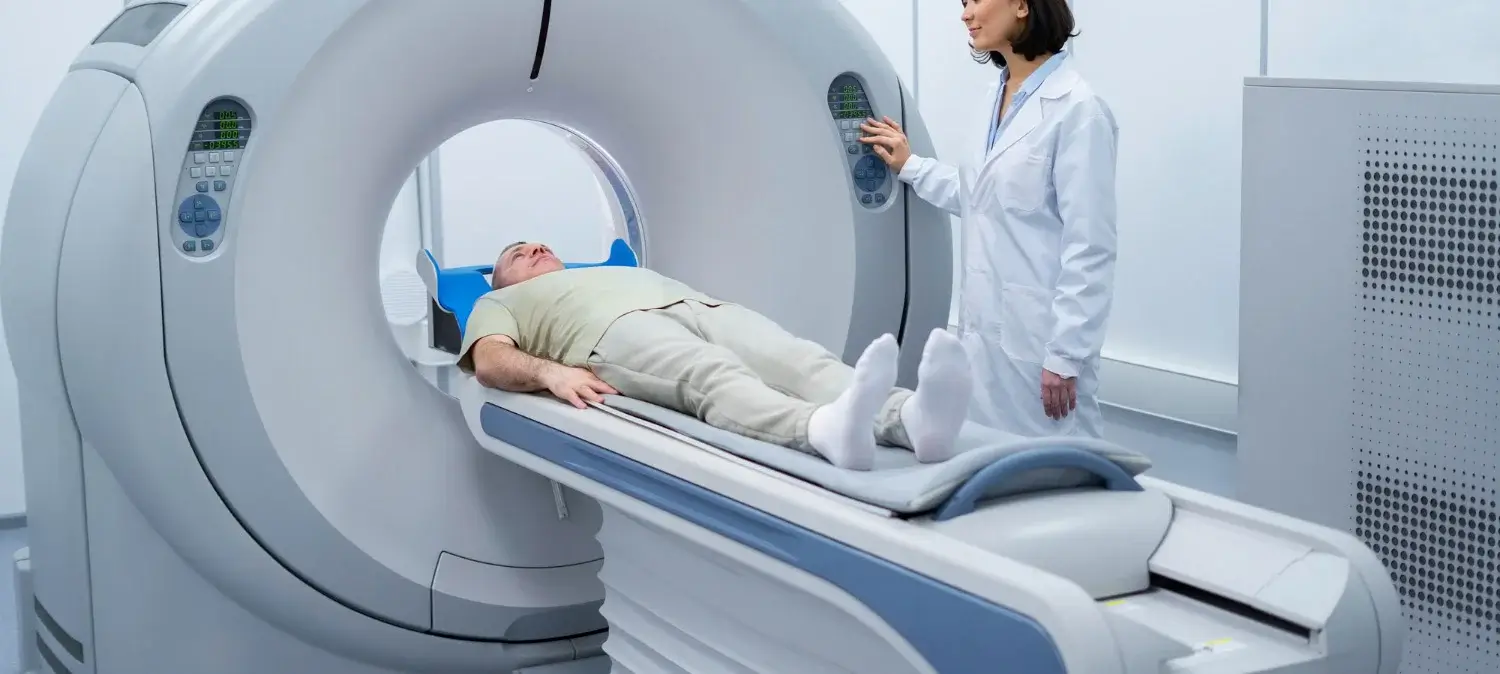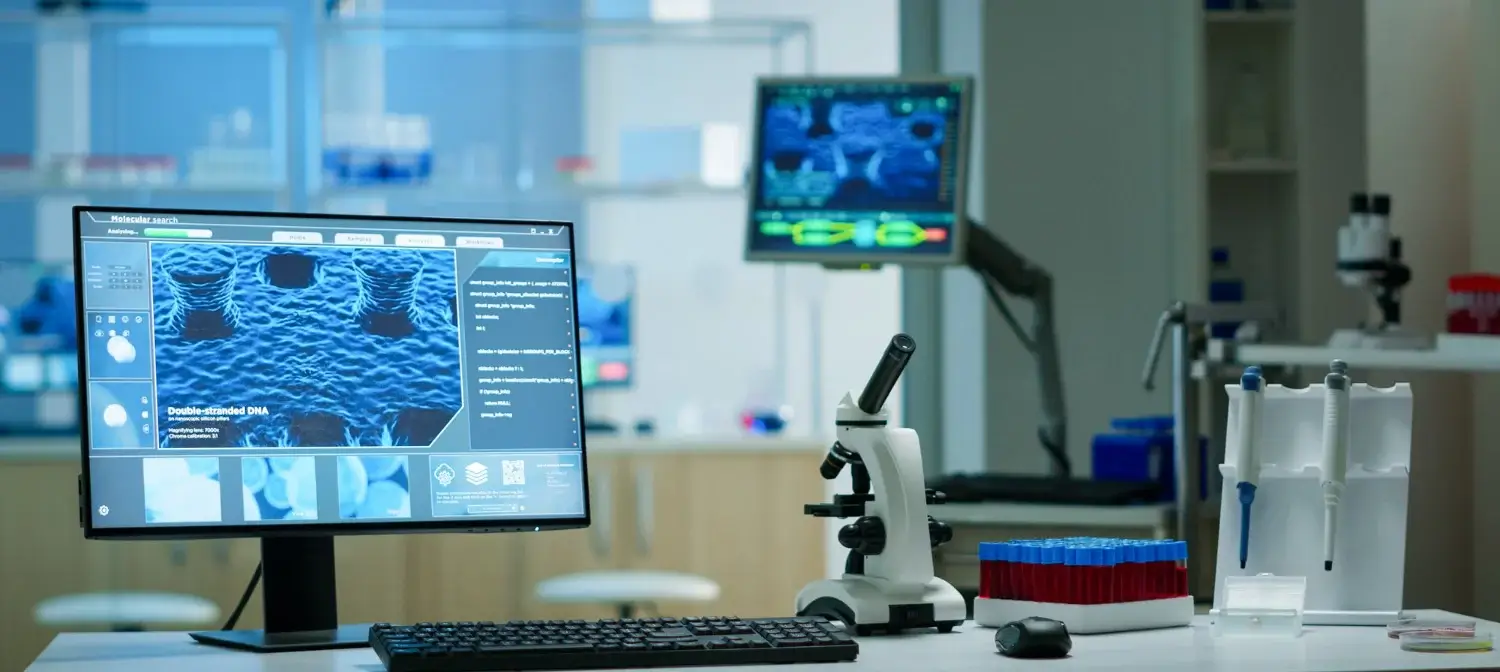Understanding COPD
Definition and Overview
Chronic Obstructive Pulmonary Disease (COPD) is a progressive respiratory disease characterized by persistent airflow limitation and chronic inflammation of the airways. It encompasses conditions such as chronic bronchitis and emphysema. COPD leads to symptoms like shortness of breath, chronic cough, and increased mucus production, significantly impacting a patient’s quality of life.
Causes and Risk Factors
The primary cause of COPD is smoking, but other risk factors include:
- Air pollution and occupational exposures
- Genetic factors, such as alpha-1 antitrypsin deficiency
- History of respiratory infections during childhood
- Exposure to secondhand smoke
Common Symptoms
Patients with COPD often experience:
- Shortness of breath, especially during physical activities
- Chronic cough with mucus production
- Wheezing and chest tightness
- Frequent respiratory infections
The Nursing Process in COPD Management
Importance of Nursing Assessment
Nurses play a crucial role in the early detection and management of COPD. Regular assessment helps in identifying exacerbations, monitoring oxygen saturation (O2 Sat) levels, and evaluating breathing patterns. This proactive approach ensures timely interventions and optimal patient outcomes.
Formulating Nursing Diagnoses
Based on assessments, nurses can formulate diagnoses such as:
- Ineffective airway clearance
- Impaired gas exchange
- Activity intolerance
- Deficient knowledge
These diagnoses guide the development of individualized care plans.
Developing Nursing Care Plans
Effective care plans for COPD patients include:
- Oxygen therapy to maintain adequate oxygen levels
- Breathing techniques like pursed-lip breathing and diaphragmatic breathing
- Pulmonary rehabilitation to improve lung function
- Education on smoking cessation and avoiding respiratory irritants
Detailed Nursing Assessment for COPD
Reviewing Health History
A thorough health history helps identify:
- Smoking history and exposure to environmental pollutants
- Previous respiratory infections or hospitalizations
- Family history of respiratory diseases
Conducting Physical Assessments
Physical assessments include:
- Inspection for signs like barrel chest and nasal flaring
- Palpation to assess chest expansion
- Auscultation to detect abnormal lung sounds such as wheezing or crackles
Utilizing Diagnostic Procedures
Diagnostic tools aid in evaluating:
- Pulmonary function tests and spirometry testing to assess lung capacity
- Pulse oximetry for monitoring oxygen levels
- Chest X-rays to identify structural changes
Common Nursing Diagnoses for COPD
Activity Intolerance
Due to decreased oxygenation, patients may experience fatigue. Interventions include:
- Encouraging energy conservation
- Gradual increase in activity levels
- Monitoring respiratory rate during activities
Ineffective Airway Clearance
Increased mucus production can impair airway clearance. Strategies involve:
- Chest physiotherapy and postural drainage
- Use of incentive spirometry
- Administration of inhaled corticosteroids and bronchodilators
Impaired Gas Exchange
COPD can lead to hypoxemia. Management includes:
- Administration of oxygen therapy
- Monitoring blood gases and O2 Sat
- Positioning to optimize lung expansion
Deficient Knowledge
Educating patients on:
- Proper use of inhalers and medications
- Importance of pulmonary rehabilitation
- Recognizing signs of exacerbations
Nursing Interventions for COPD
Enhancing Respiratory Function
Interventions include:
- Teaching breathing techniques like pursed-lip breathing
- Encouraging pulmonary rehabilitation
- Administering oxygen therapy as prescribed
Improving Cardiac and Neurologic Function
COPD can affect heart and brain function. Nurses should:
- Monitor for signs of Cor pulmonale
- Assess for neurologic changes due to hypoxia
- Collaborate with interdisciplinary teams for comprehensive care
Lifestyle Modification Encouragement
Promoting:
- Smoking cessation programs
- Avoidance of respiratory irritants
- Regular vaccinations to prevent respiratory infections
Monitoring and Evaluation
Monitoring Lab Values
Regular monitoring of:
- Blood gases to assess oxygenation and ventilation
- Oxygen saturation levels using pulse oximetry
- Electrolyte levels to detect imbalances
Tracking Symptoms and Exacerbations
Keeping track of:
- Changes in breathing patterns
- Frequency of shortness of breath
- Episodes of wheezing or coughing
Visual and Physical Observations
Observing for:
- Use of accessory muscles during breathing
- Nasal flaring and tripod position
- Cyanosis or changes in skin color
Patient Education and Support
Educating on Disease and Management
Providing information on:
- Nature of COPD and its progression
- Importance of adherence to treatment plans
- Recognizing early signs of exacerbations
Preventing Infections
Educating on:
- Hand hygiene and respiratory hygiene
- Importance of vaccinations like flu and pneumococcal vaccines
- Avoiding exposure to individuals with respiratory infections
Long-term COPD Management Strategies
Encouraging:
- Regular follow-up appointments
- Participation in pulmonary rehabilitation
- Adherence to prescribed medications and therapies
About Dr. Ramyar Mahdavi, MD
Dr. Ramyar Mahdavi is a renowned interventional pulmonologist based in Los Angeles. With nearly 30 years of medical experience, he specializes in treating complex airway diseases, including managing airway obstructions, placing airway stents, and utilizing endobronchial valves for severe emphysema.
Dr. Mahdavi established and directed the interventional pulmonology program at Keck Hospital of USC and served as the program director for the interventional pulmonology fellowship. He was also an associate professor of clinical medicine at the USC Keck School of Medicine.
His expertise extends to diagnosing and staging lung cancer, performing robotic bronchoscopy, and placing tunneled pleural catheters for recurrent pleural effusions. Fluent in English and Farsi, Dr. Mahdavi provides compassionate care to adults aged 18 and older, focusing on conditions such as airway diseases, severe emphysema, lung cancer, and pleural effusions.



